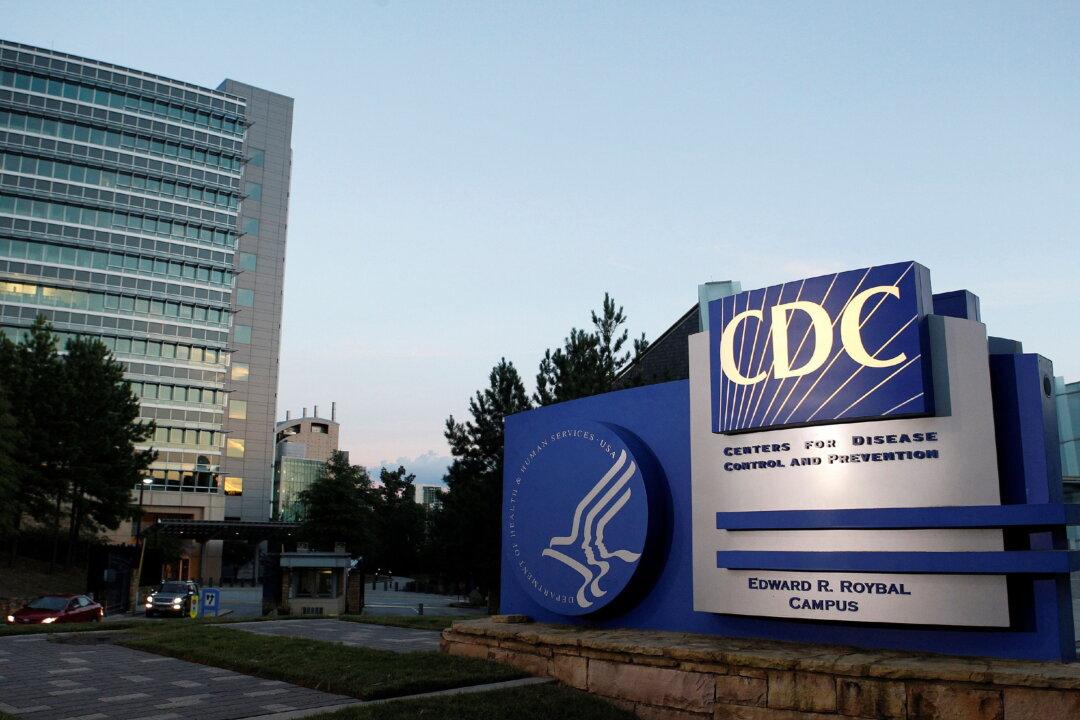Infection with the CCP virus does not impact lung function in children and young adults, according to two separate studies presented at the European Respiratory Society International Congress.
It was not known what the long-term effects on lung function were in children and young adults, but now, European scientists have found that there is no damage to lung function in this group after infection with COVID-19, the disease caused by the CCP (Chinese Communist Party) virus, also known as SARS-CoV-2.






